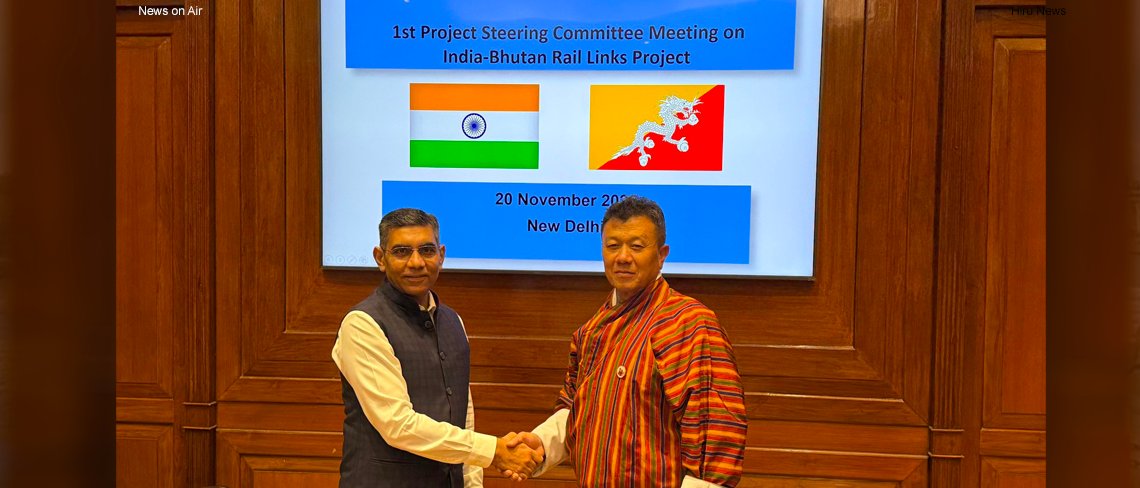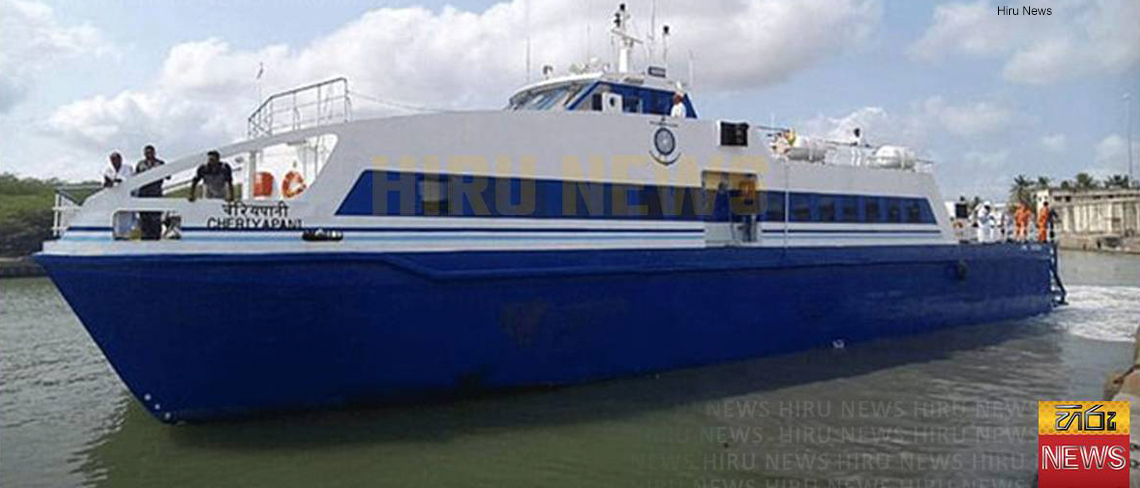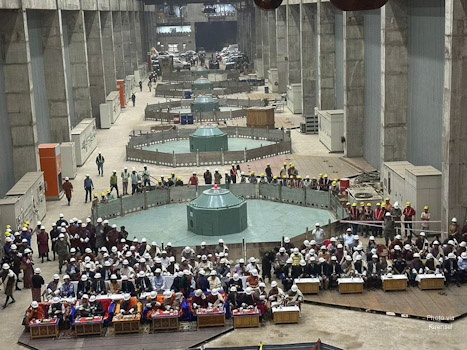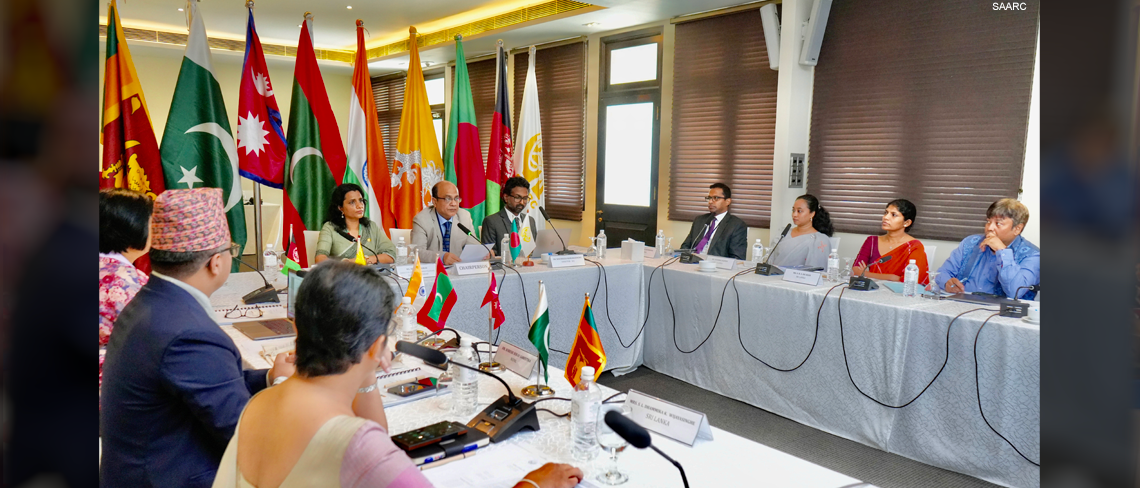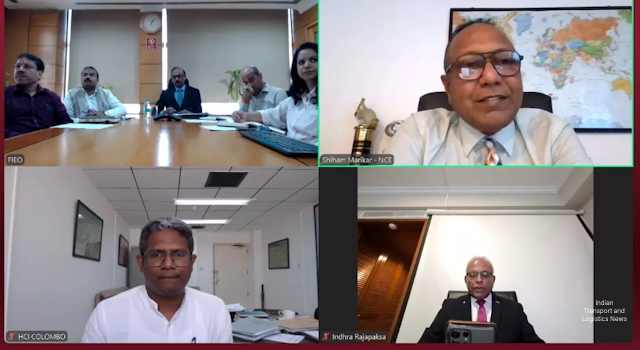
South Asia Needs $2.5 Trillion Investment to Close Infrastructure Gap
11 April 2014

South Asia’s tremendous growth is leading to large infrastructure gaps that must be addressed. According to a new report, “Reducing Poverty by Closing South Asia’s Infrastructure”, closing the gap of South Asia’s development goals and its capability to attain these goals will require investment of $2.5 trillion over the next decade. One third is projected to be spent on transport infrastructure, one third on energy, and the remaining one third on water supply and sanitation, solid waste management, telecommunications, and irrigation.
Current growing infrastructure demands have enlarged the gap and affected South Asia’s manufacturing sector, adequacy of power supply, transport conditions, and predictability of employment. Countries are encouraged to build infrastructure that reduces inequality. The report shows how governments provide infrastructure access to those most in need and explores various innovative and efficient instruments to close the gap.




